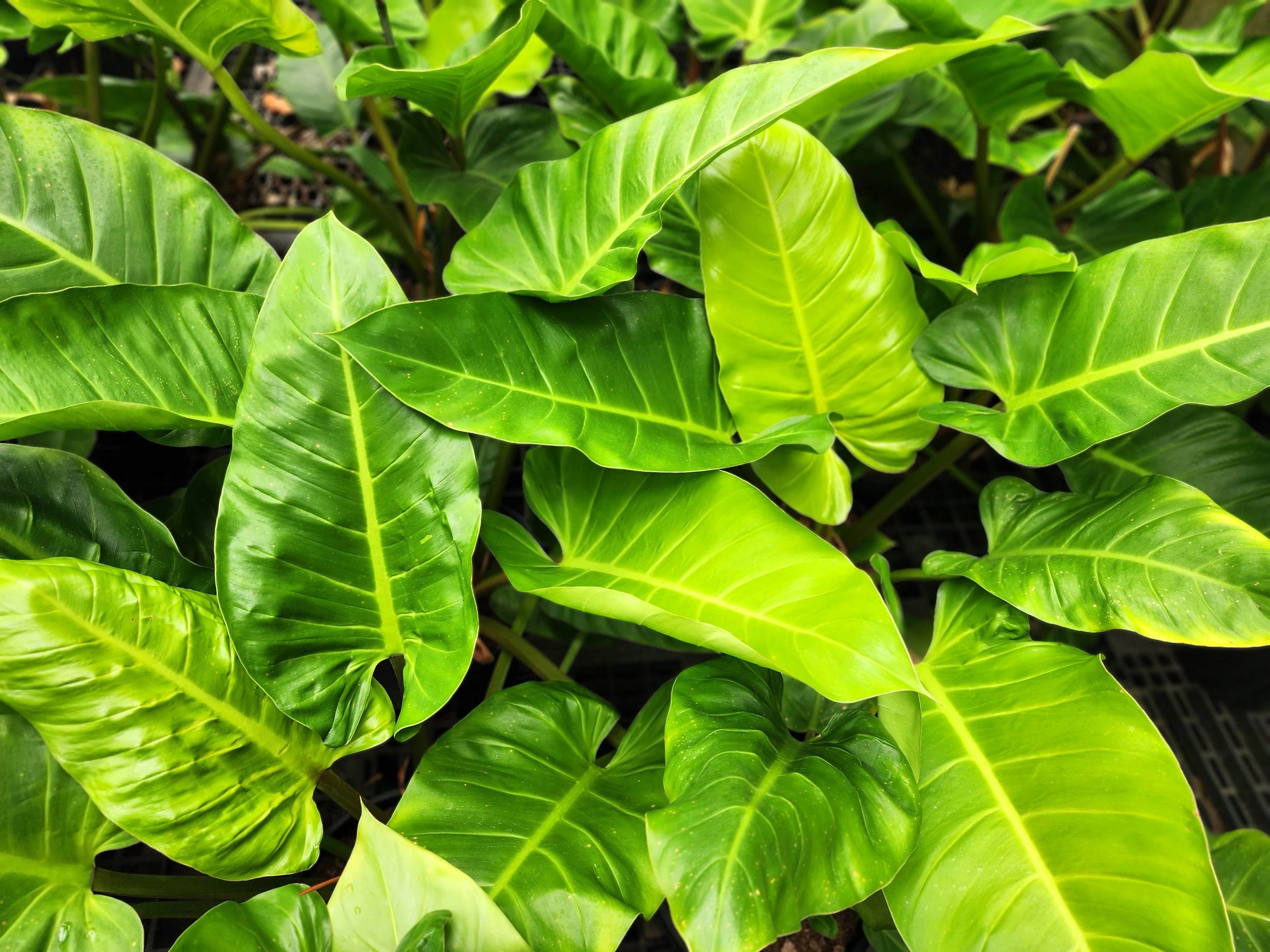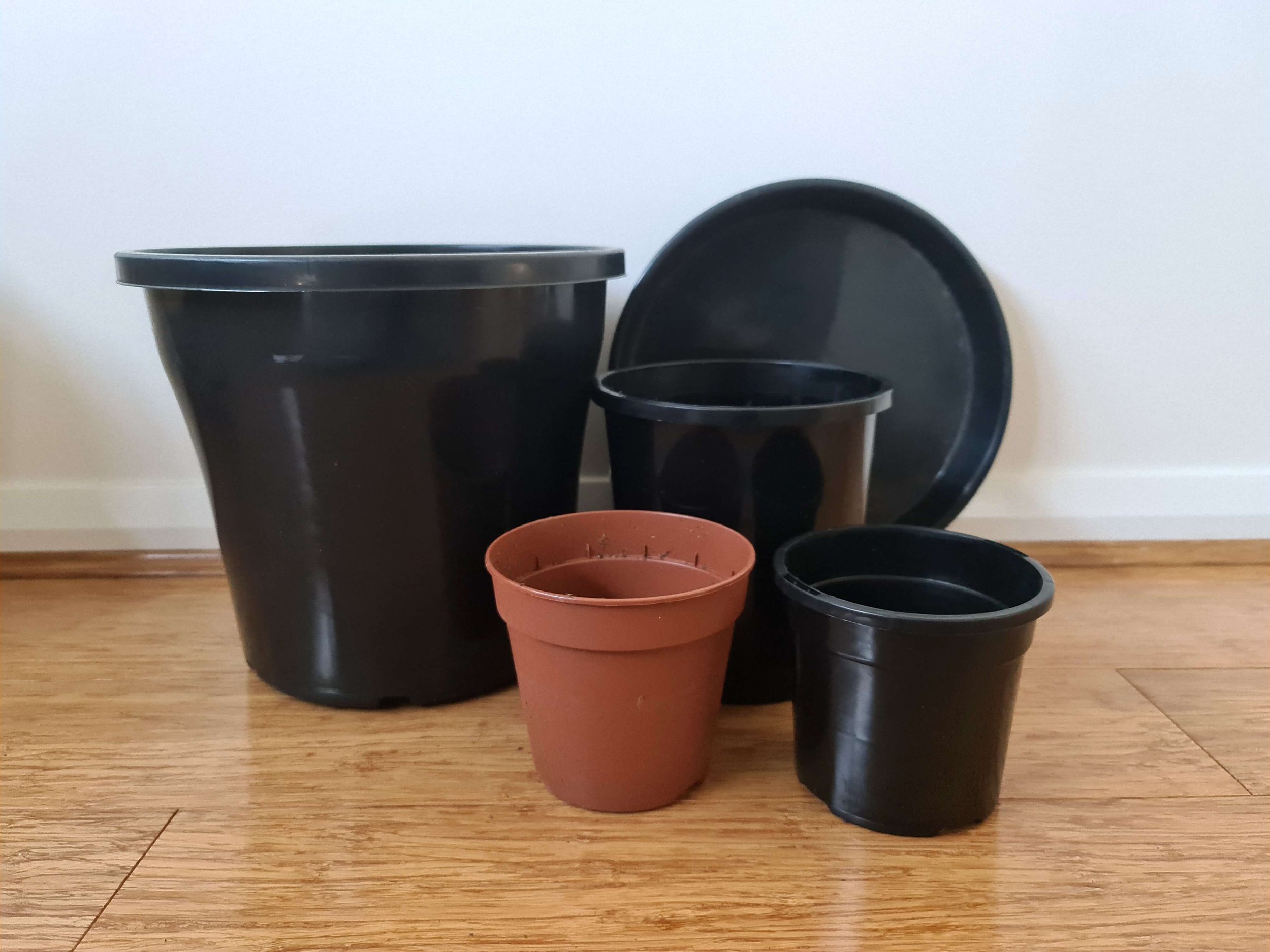Blog
Like people, plants are individuals with different needs to bring the most out of them. These pieces are full of information to help you understand what your plant needs to help it thrive.
Feel free to contact us with any questions you want answered and be sure to check our videos for more helpful tips.
What is 'Artillery Fungus' and Why You Should Care
Did you know that fungi in your indoor plant’s soil can actually be a good thing and not something that needs to be immediately removed or concerned by? This is because fungus will only grow in rich and healthy soil environments so is therefore a sign that your soil is thriving and not ‘infected’ or needing replacement. Most common household plant fungus will not harm your plants, or you, and is happy to share its home in a symbiotic relationship with your plants. Unfortunately, however, there is one fungus that will cause issues to your home if it appears in your soil, this is ‘Artillery Fungus’.
When to Leave it Alone
Plants, like us, often take time for changes in environment and conditions to take effect. When we notice something is not right with our plants, it may be an immediate fix that shows positive results quickly, or it could be something that takes longer for improvements to be seen.
Closed-Loop Nursery Pot Recycling
Recycling is nothing new and we have all learned over the years what can and cannot be put into our recycling bin at home. Many of us have separated our rubbish further into biodegradable or composting as well as recycling and as plant lovers, caring for the Earth and all that is green and nourishes us is close to our heart. Many of us therefore must be putting our used Nursery Pots into the recycling bin to ensure they are reused and we are doing our part for the environment. Sorting at Recycling facilities has changed over the years however and what you think is happening may not be.
The Importance of Light
The importance of light for the health and wellbeing of your Indoor Plants cannot be understated. In many cases, it is the reason for issues as the plant grows. Most people don’t realise how quickly and easily the light level can impact plant growth, and how dark it really feels for the plant! Just like a dark room for us would be enough light for an Owl to see clearly, a room we think is bright enough for our plants could actually be the cause of their issues. Let’s explore some images that help to elaborate this point and some common signs in many indoor plants that the light where they live simply isn’t enough.
Verdant Dwellings Healthy Happy Plants- Philodendron
Philodendron are a huge and varied range of vining plant’s from the family Araceae and is the second largest variety of that family. There are hundreds of Philodendron varieties and they come in multiple colours, leaf shapes, sizes both vine thickness and leaf size, textures and variegations.
Indoor Plant Pests and Solutions
Pests! They are a part of life, and unfortunately a part of owning Indoor Plants. There is much speculation that to have pests means you as a plant owner are doing something wrong and you need to change the way you look after your plants to be pest free. Unfortunately, this is a myth and if you have Indoor Plants, then at some point you will have pests.
Non-Toxic Plants for Pets and Kids
Many of us don’t just have plants, we also have families and fur babies and if there is one thing we know, it’s that kids and animals are curious! Sometimes that curiosity leads to tasting the world around them, and this can include our houseplants.
Verdant Dwellings Healthy Happy Plants- Epipremnum Aureum
The Epipremnum Aureum is a colourful family of vining plants, the most well known usually being the Devils Ivy. But there is a lot to know about this family of plants, how they have similarities and differences in how they behave and grow. A great starter plant if you get the conditions right, we will look at the different colour variations and how to spot them, which plants are in this family and which plants are not and how to get the most out of your Epipremnum Aureum.
Peat Moss- A How To Guide
There are many different forms of soil that are commonly used for potting indoor plants. Verdant Dwellings only uses sphagnum Peat Moss, from propagation through to 3ft Fiddle Leaf Figs and beyond! Peat Moss is a little unique compared to other forms of potting media but once understood, is simple to use not to mention extremely beneficial for your plants and water consumption. So here is a ‘how to’ guide on how to use Peat Moss with your indoor plants, and become a pro!
Verdant Dwellings Healthy Happy Plants- Succulent Senecio
Some plants are harder to get right than others, and the Succulent Senecio seem to be that plant for many people. Often mistaken as a hard plant or a ‘temporary’ plant that won’t grow in a home setting, they do have specific needs, but once those needs are met, they are extremely easy!
Why No ‘Pink’ Pink Princess?
The Philodendron Pink Princess is a very popular plant. In it’s mostly, or all, green form, it’s relatively easy to find. But with lots of pink leaves or even lots of pink sections on leaves, it is substantially harder. But why?
Variegated Monstera Deliciosa: Which one is which?
There is a lot of interest in variegated plants at the moment and one of the most talked about is the Variegated Monstera Deliciosa. This plant is covered mostly in one colour variegation, the cream/white and green plant but did you know that there are multiple colours of variegation, plus a sub species of plant and a tissue cultured Deliciosa as well?
Plugs - What are they, why they aren't bad and how to grow with them
Many Plants brought in Australia are grown from what’s called a ‘plug’. Made from different materials, plugs are used due to their optimised ability to provide correct growing conditions for the tiny plant or seed and encourage healthy root growth. Once the root system is established, the plant can be potted into soil, very often Peat Moss, with the plug as it is made of a degradable material that will not hinder the future growth of the plant.













